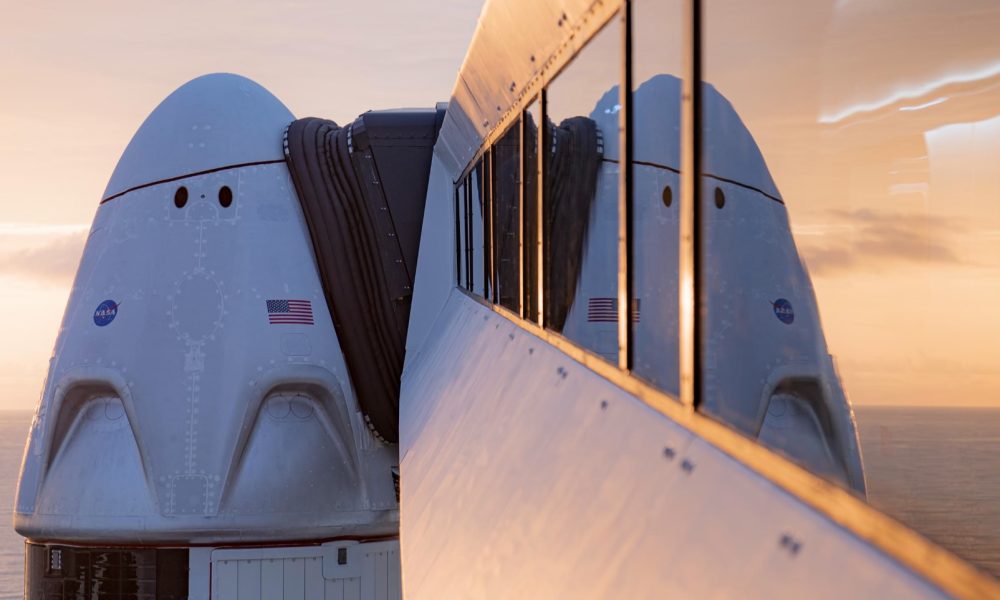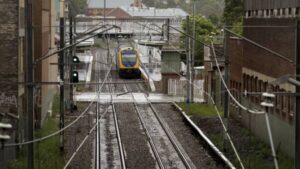
NASA and SpaceX are set to launch the Crew-11 mission to the International Space Station (ISS) on July 31, 2025. The mission will take off from Launch Complex 39A at Kennedy Space Center in Florida, utilizing the Crew Dragon Endeavour spacecraft and a Falcon 9 booster. This mission signifies another step forward in human spaceflight capabilities, following a series of successful missions.
The Crew Dragon Endeavour will mark its sixth flight, making it SpaceX’s most experienced crew vehicle to date. According to Sarah Walker, SpaceX’s Director of Dragon Mission Management, Endeavour has already transported 18 astronauts from eight different countries since its inaugural mission with NASA astronauts Bob Behnken and Doug Hurley in 2020. Walker highlighted the spacecraft’s historical significance, stating, “This Dragon spacecraft has successfully flown 18 crew members representing eight countries to space already, starting with (NASA astronauts) Bob (Behnken) and Doug (Hurley) in 2020, when it returned human spaceflight capabilities to the United States for the first time since the shuttle retired in July of 2011.”
For Crew-11, Endeavour will introduce SpaceX’s upgraded drogue 3.1 parachutes, which are designed to enhance safety during reentry. This mission will serve as the first operational test for these improved safety features, further demonstrating SpaceX’s commitment to advancing human-rated spacecraft technology.
The Falcon 9 booster designated for this launch, core B1094, has already seen action in two previous Starlink missions and supported the private Ax-4 mission on June 25, 2025. This extensive usage underscores the reliability and versatility of SpaceX’s launch vehicles.
Crew-11 consists of four astronauts: NASA’s Zena Cardman and Mike Fincke, alongside Kimiya Yui from Japan and Oleg Platonov from Russia. Their mission is critical, as they are scheduled to arrive at the ISS just as NASA manages a series of ongoing missions.
Bill Spetch, a NASA representative, emphasized the importance of precise scheduling as the agency coordinates the departure of Crew-10 and the arrival of SpaceX’s CRS-33 mission. He noted, “Providing multiple methods for us to maintain the station altitude is critically important as we continue to operate and get the most use out of our limited launch resources that we do have. We’re really looking forward to demonstrating that capability with (CRS-33) showing up after we get through the Crew-11 and Crew-10 handover.”
As preparations continue for the Crew-11 mission, the focus remains on ensuring a successful launch and maintaining operations aboard the ISS. The upcoming flight illustrates the ongoing collaboration between NASA and SpaceX to advance human exploration beyond Earth.






